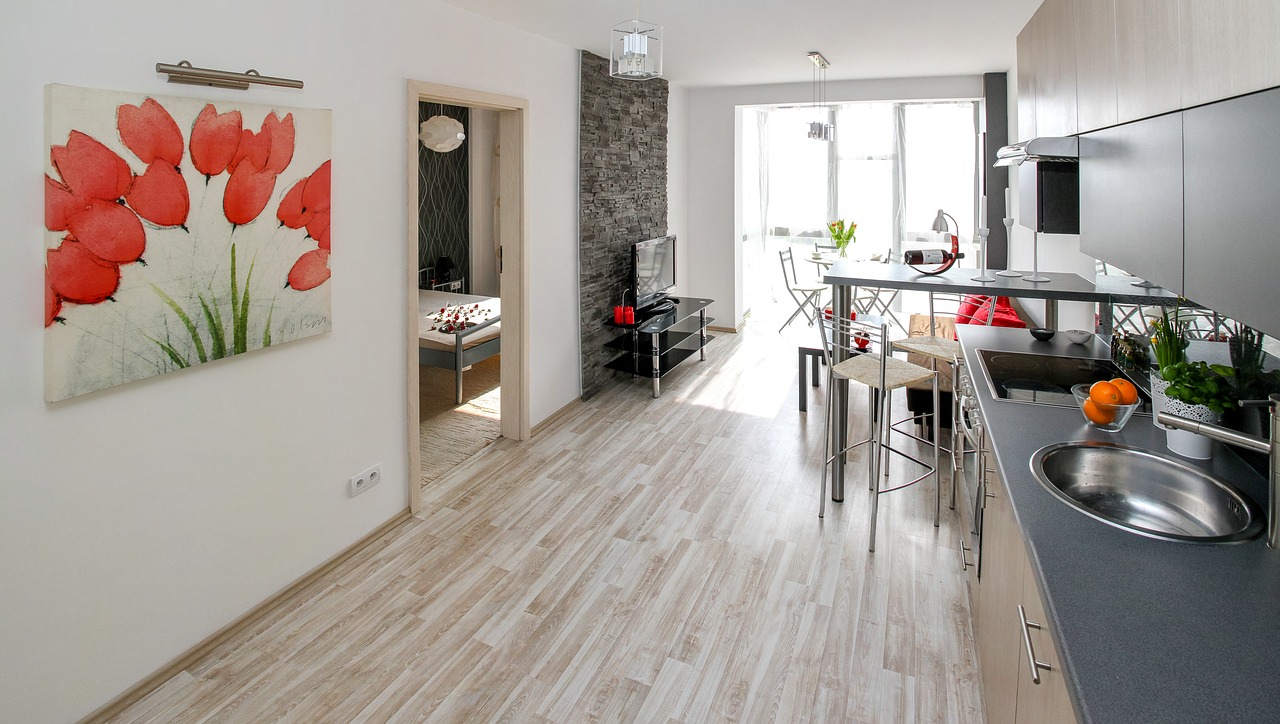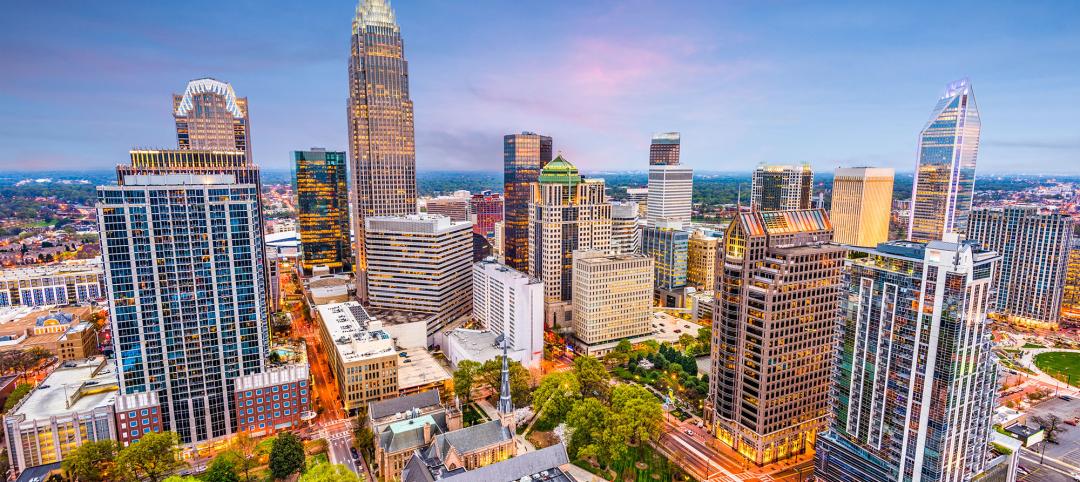Despite a disruptive pandemic, investor demand for multifamily real estate was strong in 2020, according to a newly released Yardi Matrix Bulletin.
Around 252,000 apartment units were absorbed last year. That’s about 1.7% of total market stock and down 12% from the 286,300 apartments purchased in 2019.
“Considering the economic and social calamity that befell the U.S., in many respects due to COVID-19, the fact that demand held up as well as it did is a relief for the apartment industry,” say Matrix analysts.
Net absorption was strongest in 25 of the 30 largest metros, which accounted for 158,300 units absorbed. Dallas, Atlanta and Denver saw the highest absorption rates.
Negative absorption was centralized in key gateway markets hit hard by COVID-19, which also struggled with renter demand and average rents. The worst performers were the Bay Area and New York City, which combined for -22,100 units absorbed in 2020.
Overall, high-cost gateway metros had net absorption of -0.3% (-7,600 units). Demand was better in secondary (154,100 units, or 2.3% of total stock) and tertiary (96,200 units, or 2.0% of stock) markets.
On a regional level, renters continued to flock to the Southeast (96,700 units absorbed, or 2.4% of total stock), the Southwest (56,800 units, 2.1% of stock) and the West (57,100 units, 1.9% of stock). Meanwhile, demand was slightly positive in the Midwest (27,100 units, 1.1% of stock) and the Northeast (4,900 units, 0.2% of stock).
Here are the top 10 markets based on net multifamily absorption in 2020:
1. Dallas: 19,233 units; 2.4% net absorption of total stock; 93.8% occupancy rate in Dec. 2020
2. Atlanta: 12,864; 2.8%; 94.7%
3. Denver: 11,552; 4.0%; 94.5%
4. Phoenix: 10,082; 3.2%; 95.5%
5. Houston: 8,377; 1.3%; 92.1%
6. Austin, Texas: 7,893; 3.1%; 93.3%
7. Miami: 7,721; 2.5%; 94.4%
8. Tampa, Fla.: 6,196; 2.8%; 95.4%
9. Charlotte, N.C.: 6,073; 3.3%; 95.1%
10. San Antonio: 5,836; 2.8%; 93.0%
Related Stories
Sustainability | Feb 7, 2024
9 states pledge to accelerate transition to clean residential buildings
States from coast to coast have signed a joint agreement to accelerate the transition to pollution-free residential buildings by significantly expanding heat pump sales to meet heating, cooling, and water heating demand in coming years.
Multifamily Housing | Feb 5, 2024
Wood Partners transfers all property management operations to Greystar
Greystar and Wood have entered into a long-term agreement whereby Greystar will serve as property manager for all current and future Wood developed and owned assets.
Industry Research | Jan 31, 2024
ASID identifies 11 design trends coming in 2024
The Trends Outlook Report by the American Society of Interior Designers (ASID) is the first of a three-part outlook series on interior design. This design trends report demonstrates the importance of connection and authenticity.
Mixed-Use | Jan 29, 2024
12 U.S. markets where entertainment districts are under consideration or construction
The Pomp, a 223-acre district located 10 miles north of Fort Lauderdale, Fla., and The Armory, a 225,000-sf dining and entertainment venue on six acres in St Louis, are among the top entertainment districts in the works across the U.S.
Sponsored | BD+C University Course | Jan 17, 2024
Waterproofing deep foundations for new construction
This continuing education course, by Walter P Moore's Amos Chan, P.E., BECxP, CxA+BE, covers design considerations for below-grade waterproofing for new construction, the types of below-grade systems available, and specific concerns associated with waterproofing deep foundations.
Multifamily Housing | Jan 15, 2024
Multifamily rent growth rate unchanged at 0.3%
The National Multifamily Report by Yardi Matrix highlights the highs and lows of the multifamily market in 2023. Despite strong demand, rent growth remained unchanged at 0.3 percent.
Adaptive Reuse | Jan 12, 2024
Office-to-residential conversions put pressure on curbside management and parking
With many office and commercial buildings being converted to residential use, two important issues—curbside management and parking—are sometimes not given their due attention. Cities need to assess how vehicle storage, bike and bus lanes, and drop-off zones in front of buildings may need to change because of office-to-residential conversions.
MFPRO+ News | Jan 12, 2024
Detroit may tax land more than buildings to spur development of vacant sites
The City of Detroit is considering a revamp of how it taxes property to encourage development of more vacant lots. The land-value tax has rarely been tried in the U.S., but versions of it have been adopted in many other countries.
MFPRO+ News | Jan 12, 2024
As demand rises for EV chargers at multifamily housing properties, options and incentives multiply
As electric vehicle sales continue to increase, more renters are looking for apartments that offer charging options.
Sustainability | Jan 10, 2024
New passive house partnership allows lower cost financing for developers
The new partnership between PACE Equity and Phius allows commercial passive house projects to be automatically eligible for CIRRUS Low Carbon financing.
















